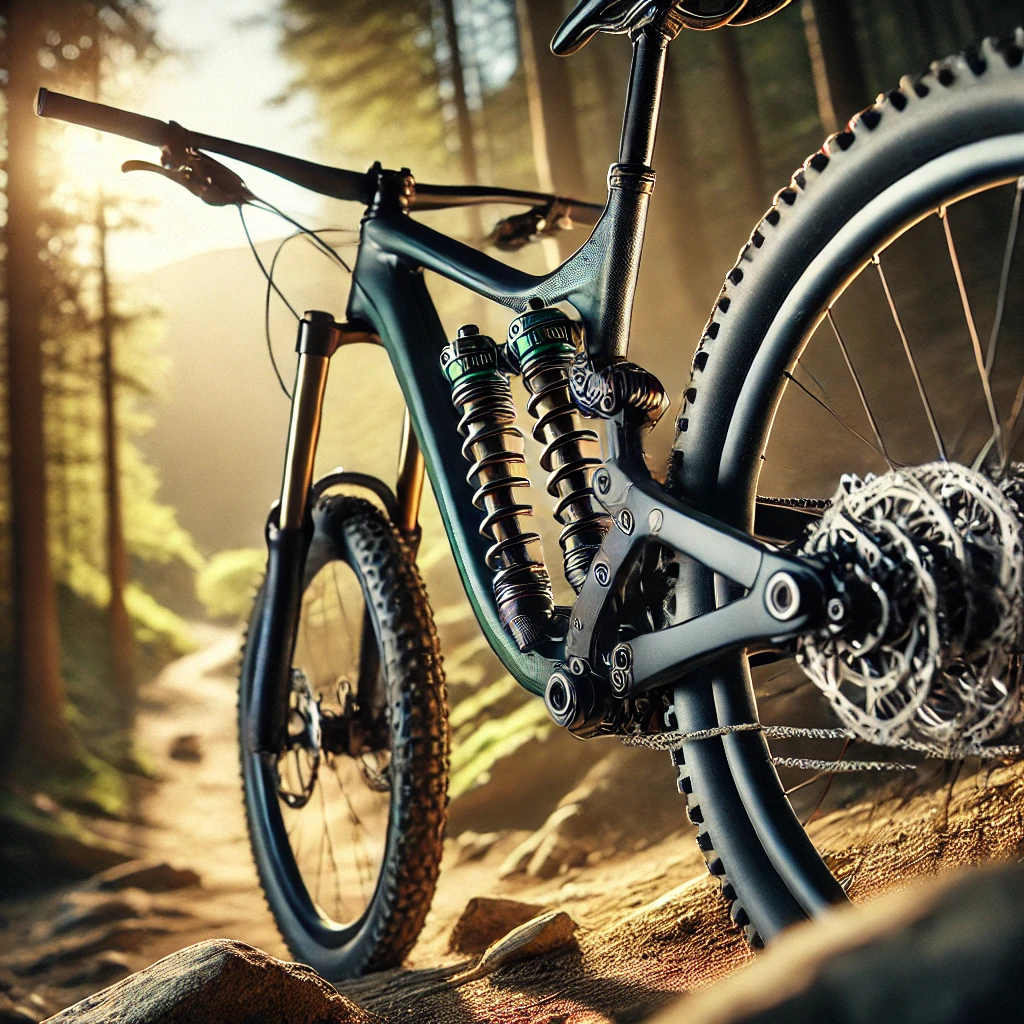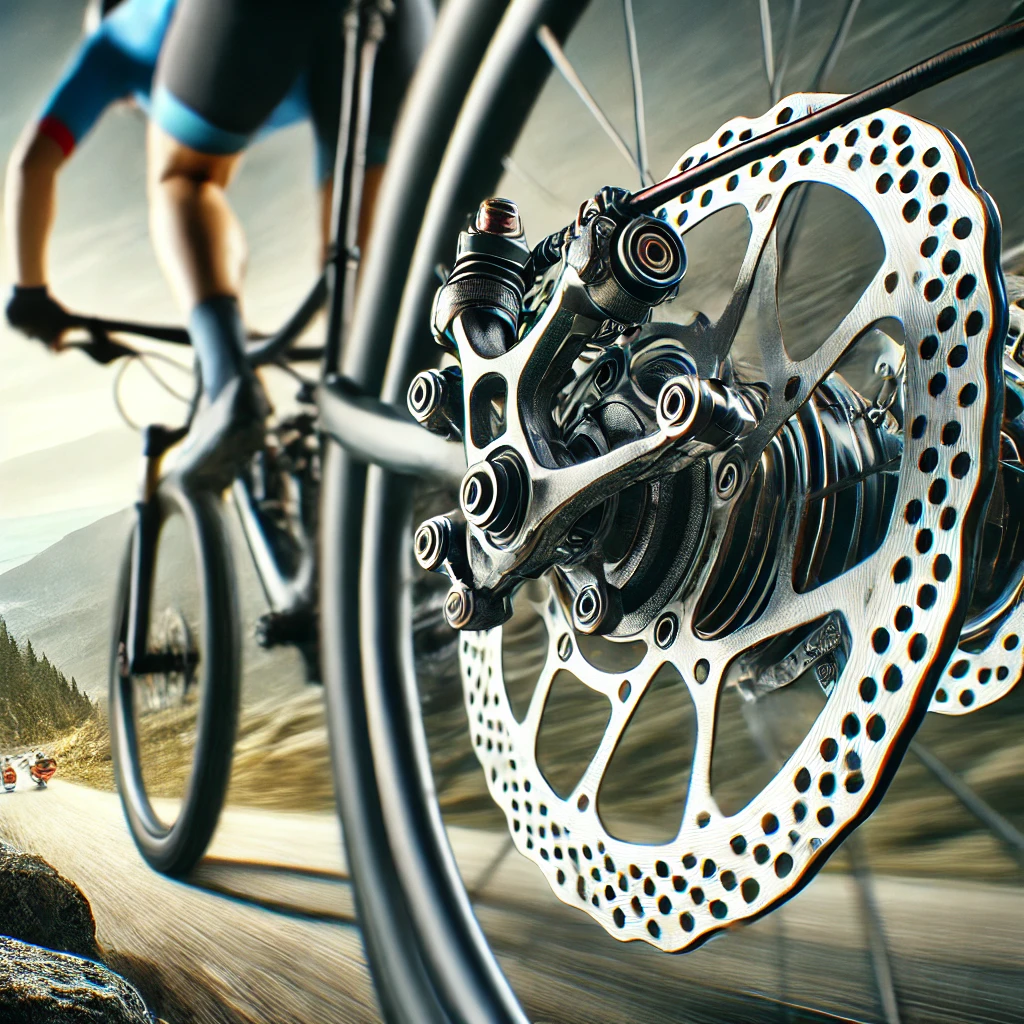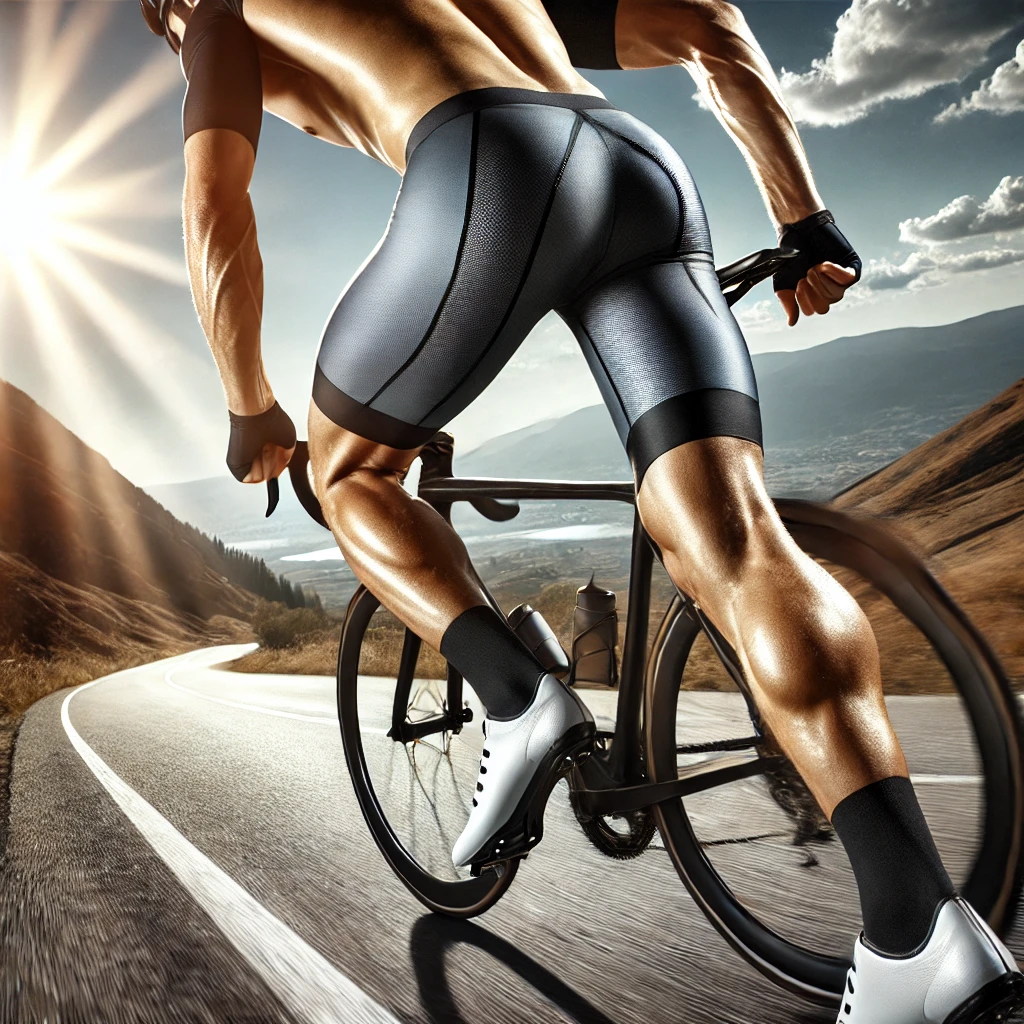When it comes to cycling, comfort, control, and performance are paramount, especially when navigating rough terrains or tackling long-distance rides. Cycling suspension plays a crucial role in ensuring that cyclists enjoy a smooth, controlled ride, whether on mountain trails or city streets. In this comprehensive guide, we will explore the importance of cycling suspension, how it works, the different types, and how to choose the right suspension system for your needs.
What Is Cycling Suspension?
Cycling suspension refers to the system integrated into a bicycle designed to absorb shock and smooth out the ride over uneven surfaces. It essentially cushions the impact of bumps, rocks, and rough trails, providing a more comfortable and controlled cycling experience. The suspension system helps reduce the stress on your body and bike, improving both comfort and performance.
- Suspension Fork: This is typically found at the front of the bike and absorbs impacts from the terrain.
- Rear Suspension: Also known as full suspension, this is common in mountain bikes and helps absorb shocks from the rear wheel.
A well-functioning cycling suspension system enhances traction, stability, and comfort, making it essential for those who frequently ride on bumpy or rugged terrain.
Benefits of Cycling Suspension
1. Improved Comfort on Rough Terrain
One of the main benefits of cycling suspension is the significant improvement in comfort. Bumpy trails, potholes, and uneven road surfaces can cause discomfort, especially on long rides. Cycling suspension helps absorb these shocks, making your ride much smoother.
- Front Suspension: Helps absorb the shocks from obstacles in the trail ahead, reducing the impact on your arms and hands.
- Rear Suspension: Cushions the force from the rear wheel, absorbing bumps and jolts, providing relief to your back.
2. Better Control and Stability
Cycling suspension enhances your control over the bike by keeping the tires in better contact with the ground. This increased traction allows for more precise handling, especially when navigating tricky, uneven, or technical terrain.
- The front suspension fork keeps your front wheel steady, especially during descents or rough terrain.
- Rear suspension ensures that the back wheel maintains consistent contact with the ground, which is crucial for traction and stability.
3. Reduced Fatigue
Riding without cycling suspension over rough trails can quickly lead to fatigue as your body absorbs much of the shock. By incorporating suspension, you allow the system to absorb the majority of the impact, which in turn reduces muscle fatigue and soreness.
- The cycling suspension system helps protect your body from constant jarring, giving your arms, hands, and back a much-needed break during long rides.
4. Increased Speed and Efficiency
A well-tuned cycling suspension can improve your overall performance. By absorbing shocks efficiently, the suspension system reduces energy loss, allowing you to maintain momentum and ride faster. It ensures that the energy you exert is used efficiently, rather than being absorbed by the terrain.
- Suspension keeps the bike steady and prevents it from losing traction, which translates to better speed and overall ride efficiency.
Types of Cycling Suspension Systems
There are different types of cycling suspension systems, each designed for specific riding conditions. Understanding the differences between these systems will help you choose the one that best suits your riding style and needs.
1. Hardtail Suspension
Hardtail bikes are equipped with a front suspension fork, but they do not have rear suspension. These bikes are lighter and generally more efficient on smoother trails or roads.
- Advantages: Hardtail suspension is ideal for riders who enjoy cross-country cycling or prefer a lighter bike for long-distance rides.
- Best For: Riders who mostly ride on smooth terrain but still want the benefits of front suspension.
2. Full Suspension (Dual Suspension)
A full suspension bike has both front and rear suspension. This type of system provides the most comfort and control, particularly for mountain biking or riding on technical trails.
- Advantages: The dual suspension helps absorb shocks from both the front and rear of the bike, offering a smoother, more stable ride.
- Best For: Mountain bikers or those who frequently ride on rough, rocky, or technical trails.
3. Rigid Suspension
Rigid bikes do not have any suspension, relying on the frame and wheels to handle all impacts. These bikes are typically more affordable and simpler in design, but they are less comfortable on rough terrain.
- Advantages: Lighter, simpler, and often cheaper than suspension bikes.
- Best For: Riders who stick to paved roads or well-maintained trails where suspension is not necessary.
4. Air Suspension vs. Coil Suspension
The two main types of suspension for both front and rear systems are air suspension and coil suspension.
- Air Suspension: Uses air pressure to absorb impacts. Air suspension is lightweight, adjustable, and provides a smooth, responsive ride.
- Coil Suspension: Uses a spring to absorb shock. While it’s heavier than air suspension, it’s typically more durable and less expensive.
5. Suspension Forks vs. Rear Shocks
Suspension forks and rear shocks are the primary components of a cycling suspension system.
- Suspension Fork: Located at the front of the bike, this is the most common type of suspension on mountain bikes. It absorbs the shocks that hit the front wheel, keeping your hands and arms comfortable.
- Rear Shocks: These are found on full-suspension bikes and help absorb the impact at the rear wheel, reducing pressure on the rider’s back.
How to Choose the Right Cycling Suspension
Choosing the right cycling suspension depends on several factors, including your riding style, the terrain you ride on, and your budget. Here’s what you should consider:
1. Riding Terrain
- Smooth Trails and Roads: If you mostly ride on smooth, paved roads or well-maintained trails, a hardtail bike with a front suspension fork may be sufficient.
- Rough and Technical Terrain: If you’re tackling mountain trails, a full-suspension bike will provide the best comfort and control. A full suspension system helps you navigate rocky paths and steep descents with greater ease.
2. Riding Style
Your riding style will also play a significant role in the suspension system you choose.
- Cross-Country Riders: Opt for a hardtail bike or a lightweight full-suspension bike to ensure maximum efficiency on longer rides.
- Enduro and Downhill Riders: Full-suspension bikes are a must if you’re going downhill or riding on technical terrain where control and comfort are key.
3. Suspension Type
Choose the type of suspension based on your personal preference for ride quality, weight, and maintenance:
- Air Suspension: Offers lightweight, adjustable, and smooth performance.
- Coil Suspension: Offers a more durable and less expensive option but may add more weight.
4. Budget
Full-suspension bikes and high-quality suspension systems can be expensive. If you’re on a budget, consider a hardtail bike with a decent front suspension fork, which is often a more affordable option while still providing some shock absorption.
Maintaining Your Cycling Suspension
Maintaining your cycling suspension ensures that it continues to work effectively, prolonging the life of your bike and providing you with a smooth ride.
- Check for Leaks: Air suspensions should be checked for leaks, as air pressure is crucial to their performance.
- Clean and Lubricate: Regularly clean the suspension fork and rear shock to remove dirt and debris that could cause damage.
- Adjust Air Pressure: For air suspension systems, check and adjust the air pressure to suit your weight and riding conditions. This will ensure that the suspension is providing optimal comfort and performance.
- Inspect Springs and Shocks: For coil suspension systems, check for any signs of wear or damage, such as broken springs or leaking shock oil.
Where to Buy Quality Cycling Suspension
If you’re looking for high-quality cycling suspension systems, Athlete Solution offers a wide range of options for various types of bikes and terrains. Whether you need a full suspension system for mountain biking or a front fork for cross-country riding, you’ll find top-notch options to suit your needs. Explore the full collection of cycling suspension products at Athlete Solution.
For more general information on cycling suspension, check out the Wikipedia page on Cycling Suspension.
Conclusion
Whether you’re tackling rough mountain trails, cruising through city streets, or embarking on long-distance rides, cycling suspension is an essential feature for improving comfort, control, and performance. By choosing the right suspension system for your needs, you can enhance your cycling experience and ensure a smoother, more enjoyable ride.
For more gear and cycling tips, check out Online Pharma.


